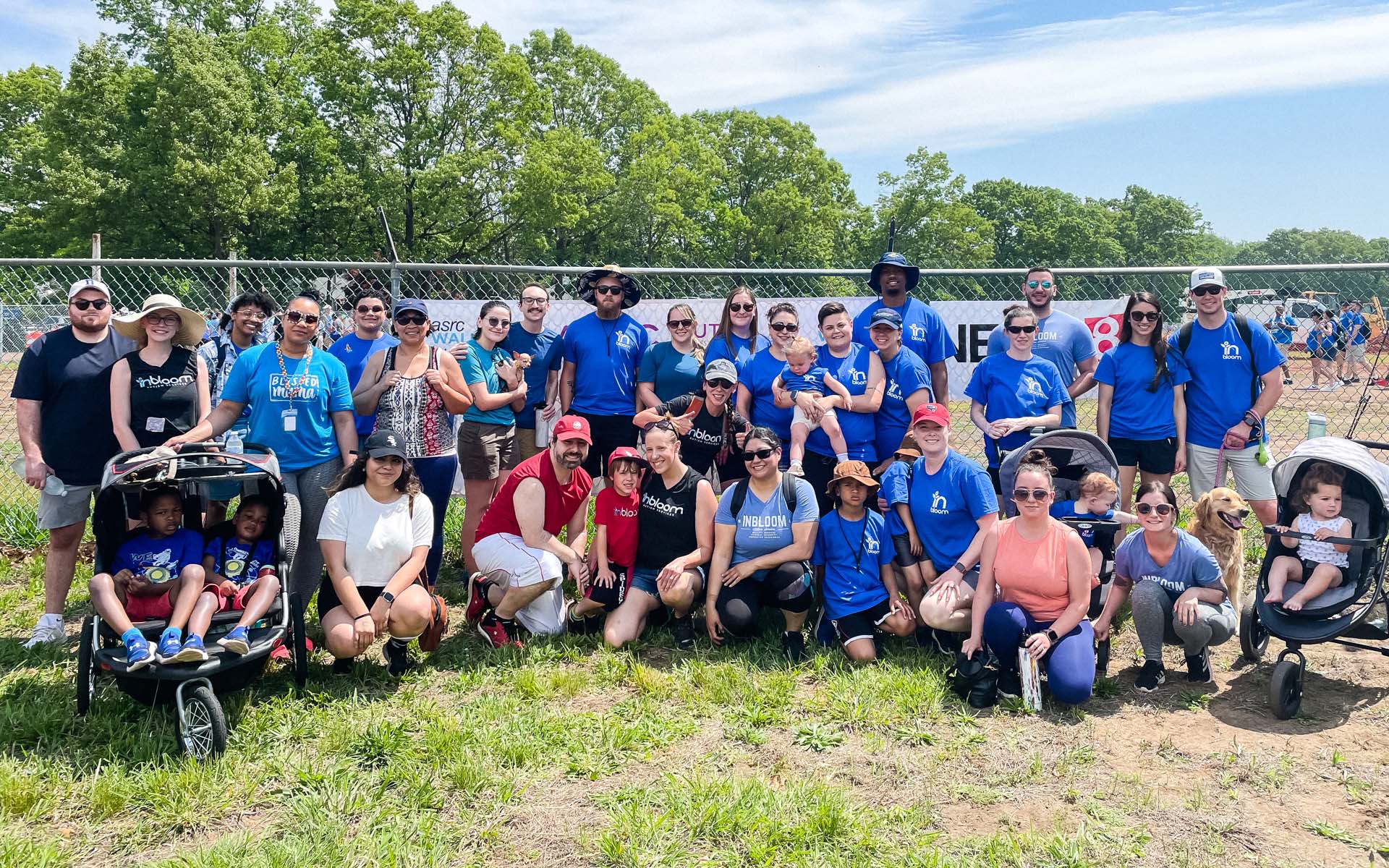
About INBLOOM AUTISM SERVICES
Providing Premier Autism Services to Children and Families Since 2015
In 2015, InBloom Autism Services was founded to challenge the standard of services being provided to children with Autism Spectrum Disorder. We built on a foundation of maintaining a high standard of clinical integrity, delivering quality autism therapies and services while ensuring a connected experience for parents and caregivers. Since then, we’ve outgrown our very first learning center in South Florida and are proud to serve kiddos and families across 7 states in over 28 learning centers! We’re thrilled to employ the most qualified and dedicated behavior professionals whose primary focus is providing the best clinical outcomes to the children under our care.
Receiving an Autism diagnosis can be a stressful and overwhelming experience, so we continually strive to supportively guide families through the entire process. From diagnosis to the start of ABA therapy and beyond, our team is with you every step of the way so that you never feel alone. Questions? Contact our care team at 888-754-0398.
Please note: Your patient information is secure, collected in a HIPAA-compliant format, and only shared internally at InBloom Autism Services. For more on how medical information may be used and how you can access this information, see our HIPAA & Privacy document.
We’re Accredited in Autism Therapy and ABA Services!
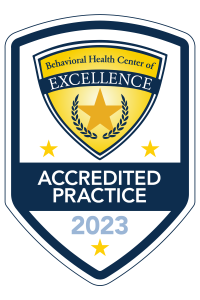
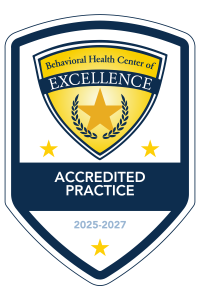
A remarkable achievement that underscores our team’s unwavering commitment to providing exceptional care. Our accreditation from the Behavioral Health Center of Excellence reaffirms our mission to empower and transform the lives of those we serve. Choosing a BHCOE-Accredited ABA provider ensures your child’s autism therapy provider meets the highest standards of quality. We do this as a dedicated team providing autism services to children all over the country. And, we do this as a passionate team hiring remarkable individuals who provide those services.
Our Mission & Vision For Autism Therapy
It is our mission to support and positively impact families navigating an autism diagnosis by delivering the latest, most proven ABA services and therapies. We achieve this goal by working together, communicating honestly, and always putting children first. As a result, the families we serve, as well as our organization’s professionals thrive.
We challenge the status quo by defining ways to transform the lived experience for every family impacted by autism. We do so by creating the tools needed to navigate the world in real-time – and in the process, we enhance lives to be the best they can be.
Our Values in Autism Services
Motivation
We have a responsibility to each other and the families we serve and are passionate in delivering the InBloom standard of excellence. Transparent and honest in how we work, as well as how we evolve autism services and therapies to determine success, we strive to be leaders by constantly learning and growing around new discoveries – and help each other in the process.
Collaboration
We acknowledge that we are stronger as a team than as individuals. Together, we leverage our clinical expertise and diverse experience to determine the best prescription for therapeutic autism services to kiddos and families who choose to work with us. We work together, with families, at all levels to deliver life-changing results.
Effort
We recognize that our mission is both challenging and rewarding and we work our hardest to achieve it by working together. Passion, talent and teamwork are infectious and drive successful outcomes for the children and families we serve.
Diversity, Equity & Inclusion
Diversity, equity, and inclusion sit at the heart of InBloom Autism Services and we are committed to creating a workforce with a wide range of backgrounds, experiences, and perspectives. Harnessing these differences and creating an inclusive workplace is not only the right thing to do, it is proven to increase creativity and productivity. Thus, it ultimately allows us to better serve our customers and communities.
We recognize and respect qualities unique to each member of our team including ethnicity and cultural background. This also includes gender, age, sexual orientation, religion, physical ability, and neurodiversity. Every member of InBloom Autism Services is responsible for fostering diversity, equity, and inclusion and must treat all employees with mutual respect. InBloom Autism Services will not tolerate discrimination, harassment, workplace bullying, or victimization of any kind.
We achieve a diverse, equitable and inclusive workplace by eliminating stigmas and limitations. And, by creating a culture of inclusion through education, awareness, and understanding.
Our Leadership Team

Tim Bohman
Chief Executive Officer
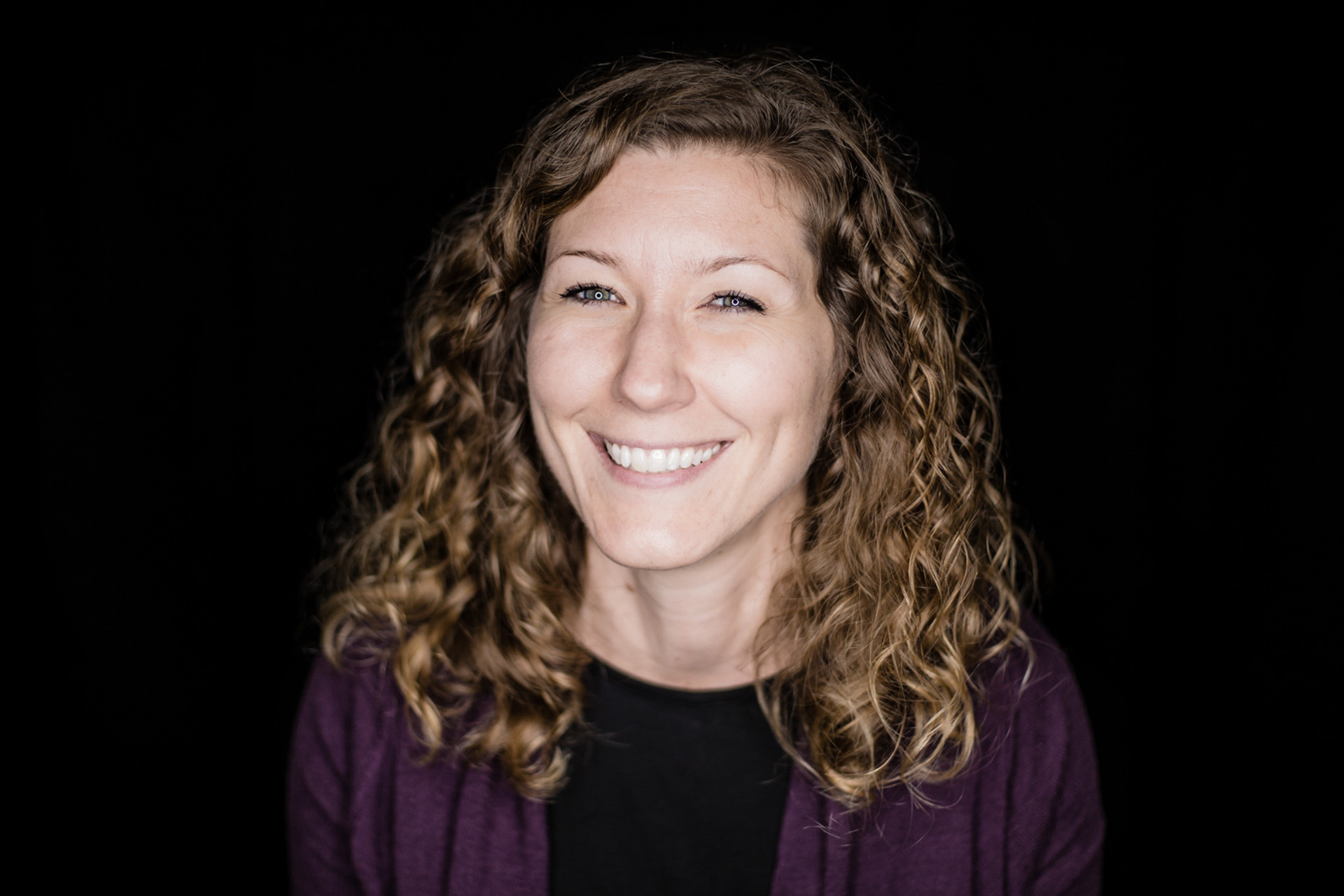
Ellen Fittro, M.S., BCBA
Chief Clinical Officer
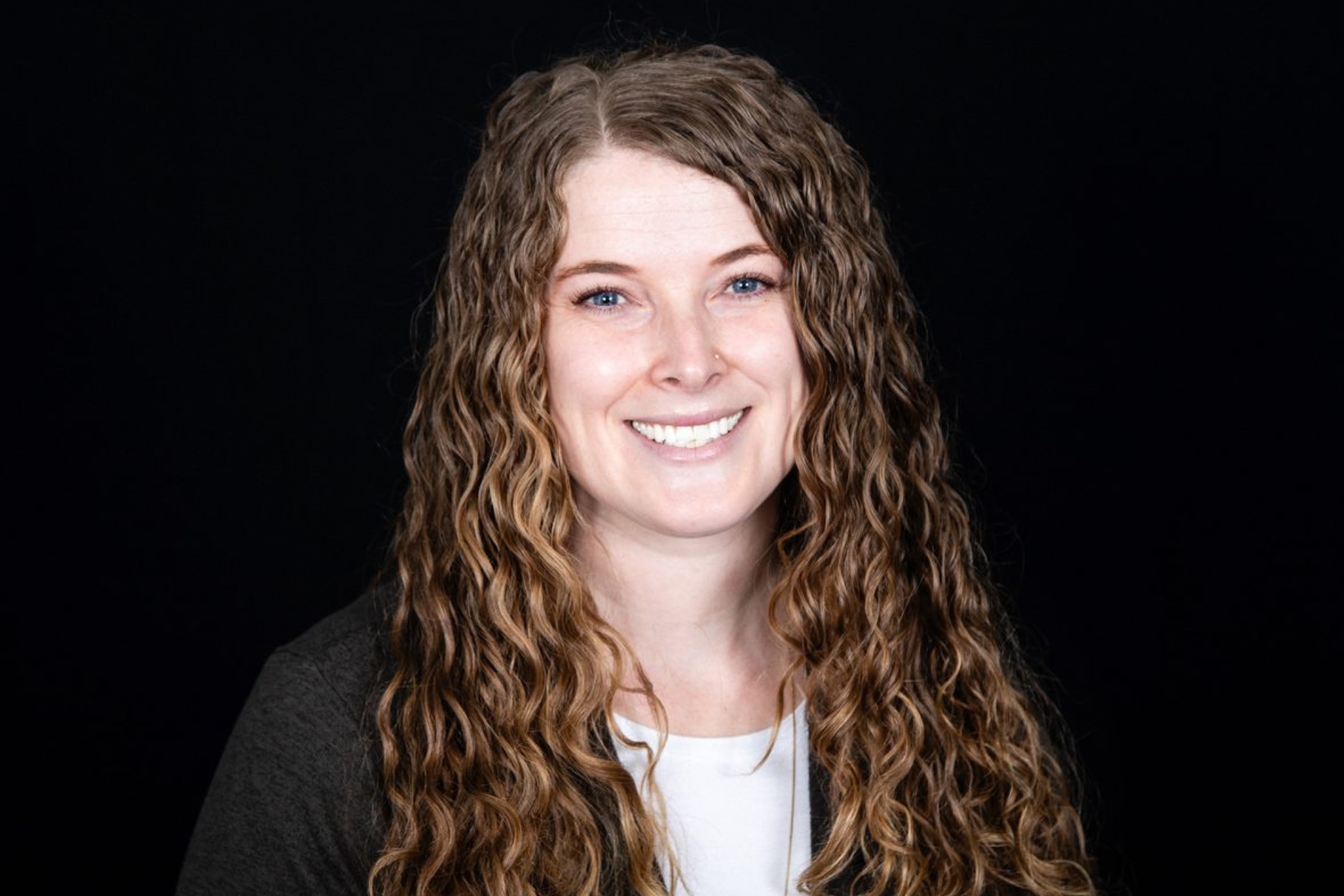
Abigail Dunn, M.S., BCBA
SENIOR VP CLINICAL/OPERATIONS
Our Clinical Leads
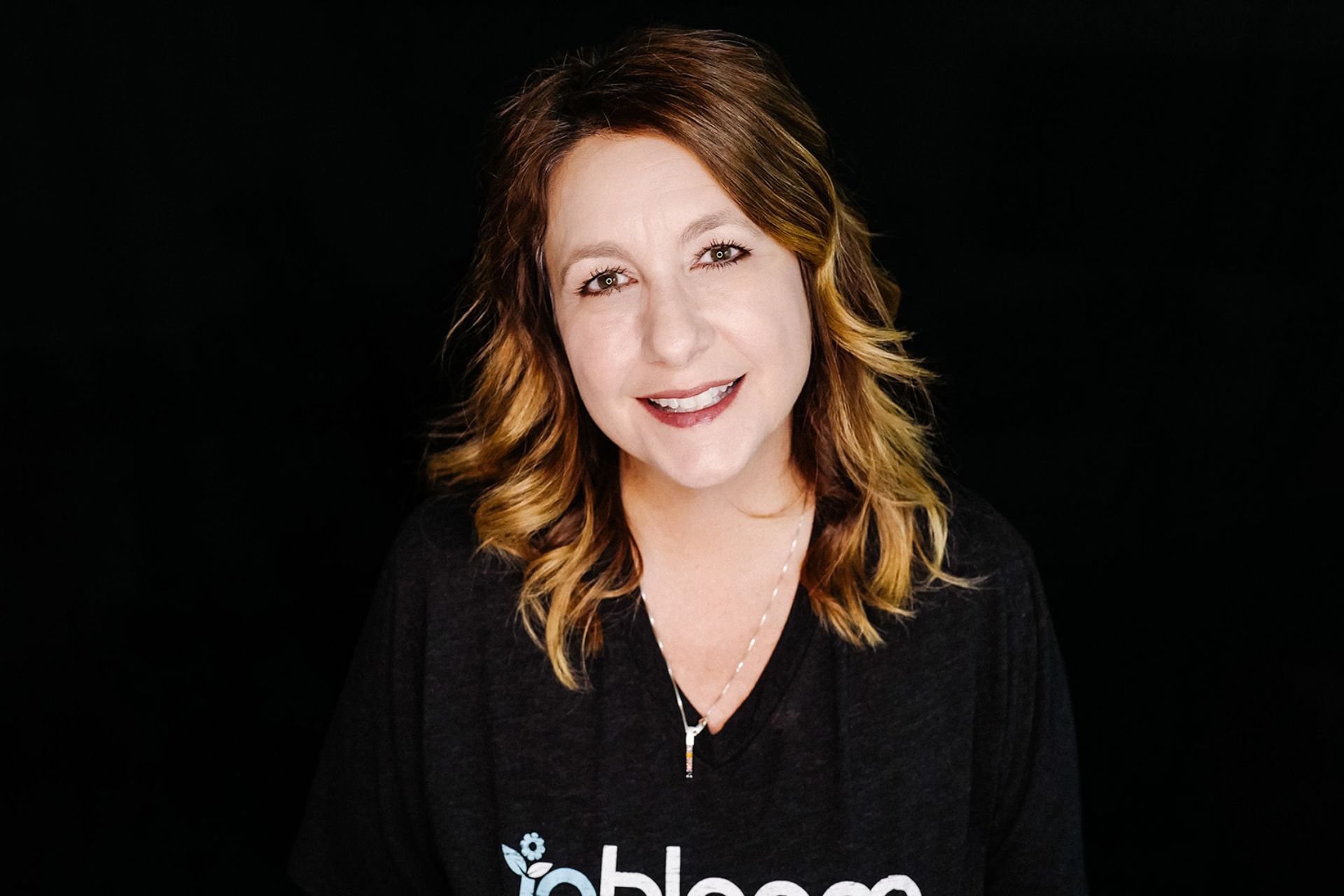
Jaqui Otto, PhD
Clinical psychologist
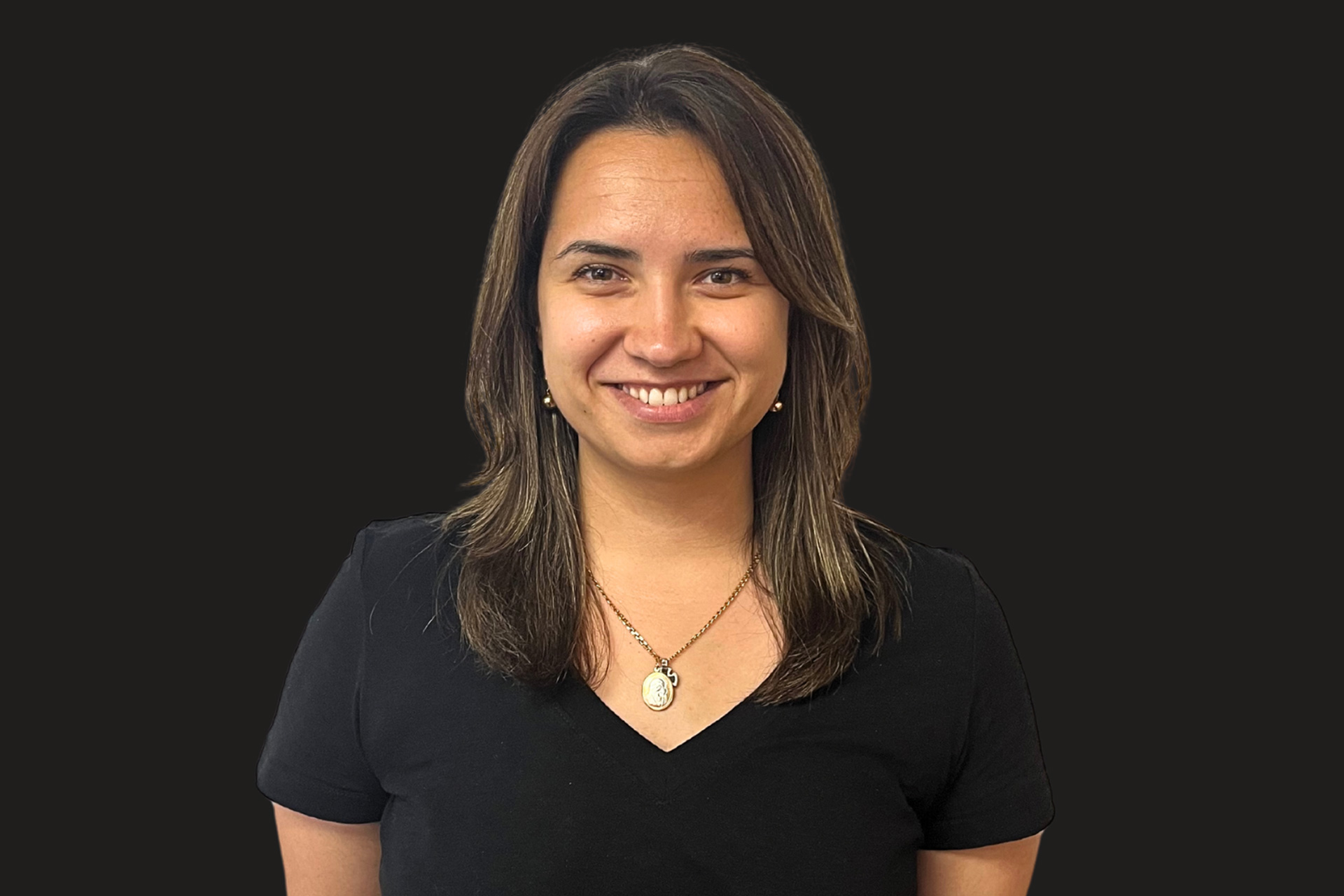
Yana Grigoryeva, M.S., BCBA
Clinical Vice President

Archana Rajareddy, M.S., BCBA
Clinical Vice President
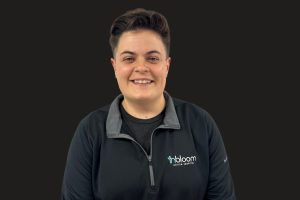
Kelsey Proctor, M.S., BCBA, LBA
Clinical Vice President
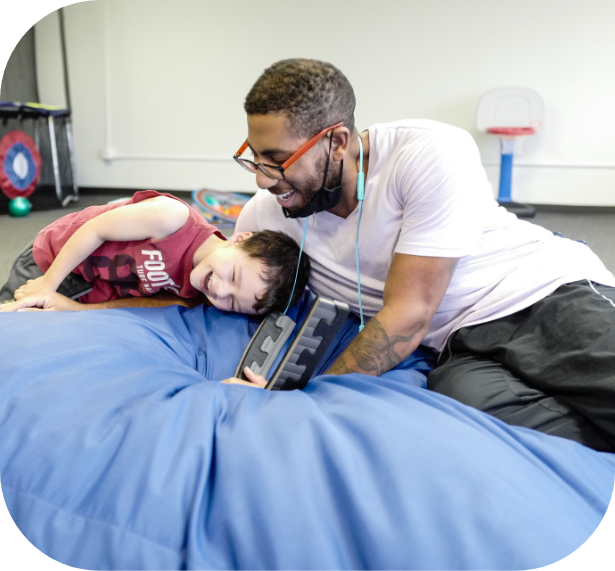
Work with InBloom!
Want to help create a lasting impact on the lives of children and their families? Whether it’s in our learning centers or our clinical support centers, every member of the InBloom Autism Services team is crucial. Each contributes to our continuing mission of maintaining an environment where clinical professionals receive meaningful support and training. This is how we enable them to provide the highest quality autism therapy care. This is how we achieve remarkable results for kiddos and families in need!
That sounds pretty awesome, right? Click the button below to learn more about our careers!

